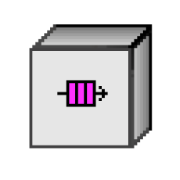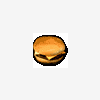-
Similar Content
-
Accessing Breakpoints and Wire Values in Preallocated Clone VIs (LabVIEW Scripting)
By ManuBzh,
- breakpoints
- wire values
- (and 2 more)
- 16 replies
- 3,646 views
-
- 3 replies
- 3,770 views
-
- 5 replies
- 4,276 views
-
- 7 replies
- 4,819 views
-
xnode Use scripting on FPGA Interface Read/Write control
By Tripmeister,
- fpga interface
- fpga
- (and 2 more)
- 3 replies
- 5,878 views
-






Recommended Posts
Join the conversation
You can post now and register later. If you have an account, sign in now to post with your account.